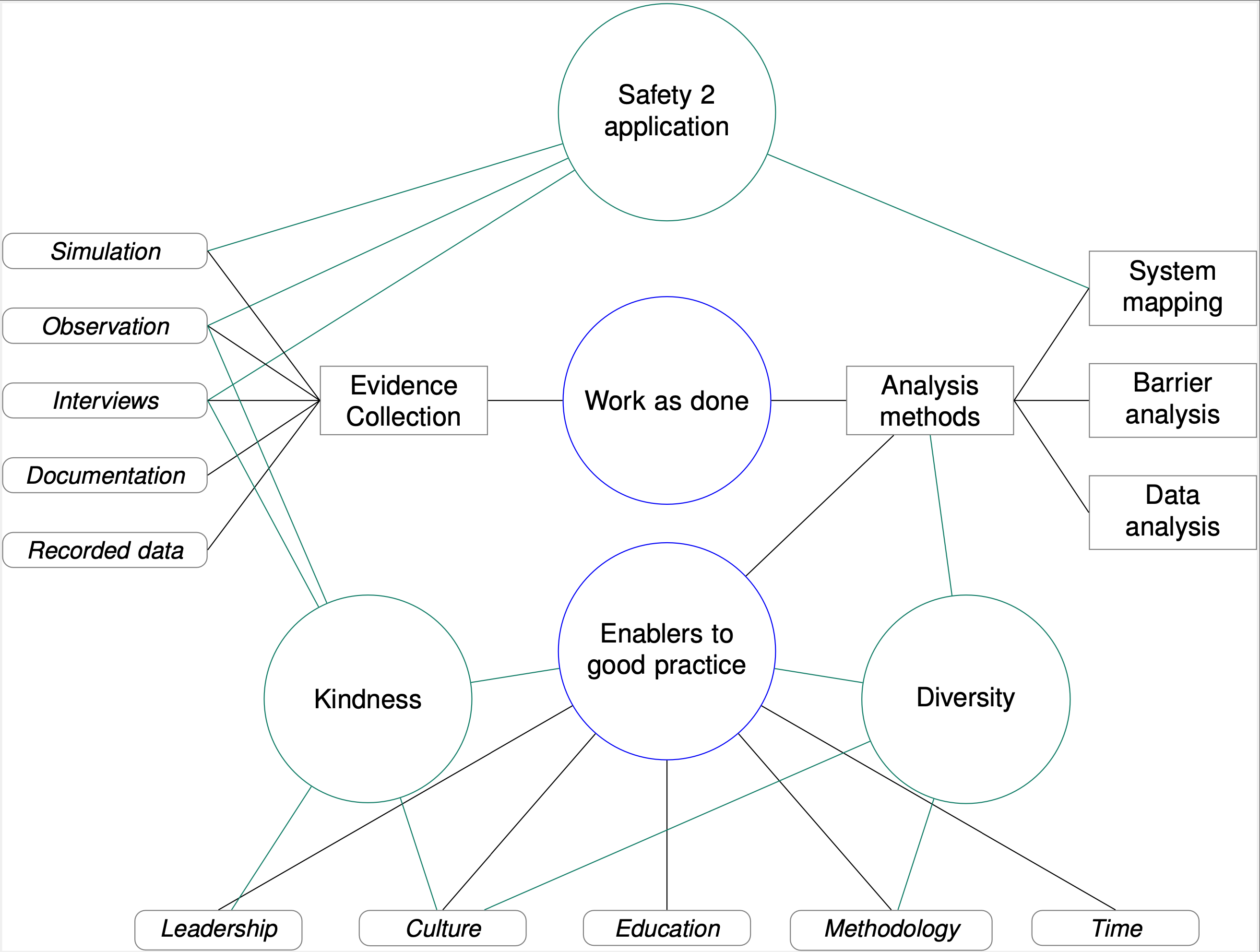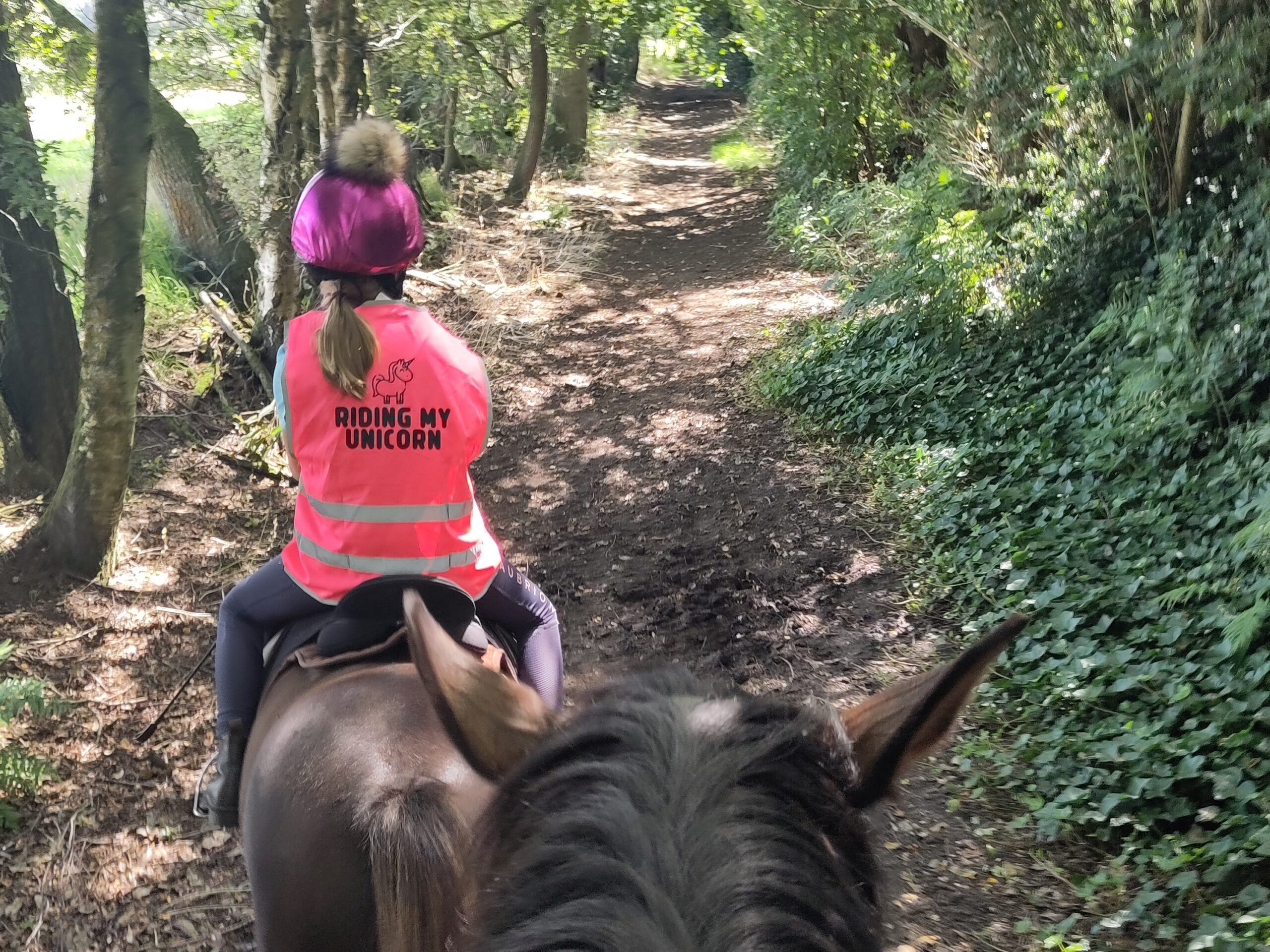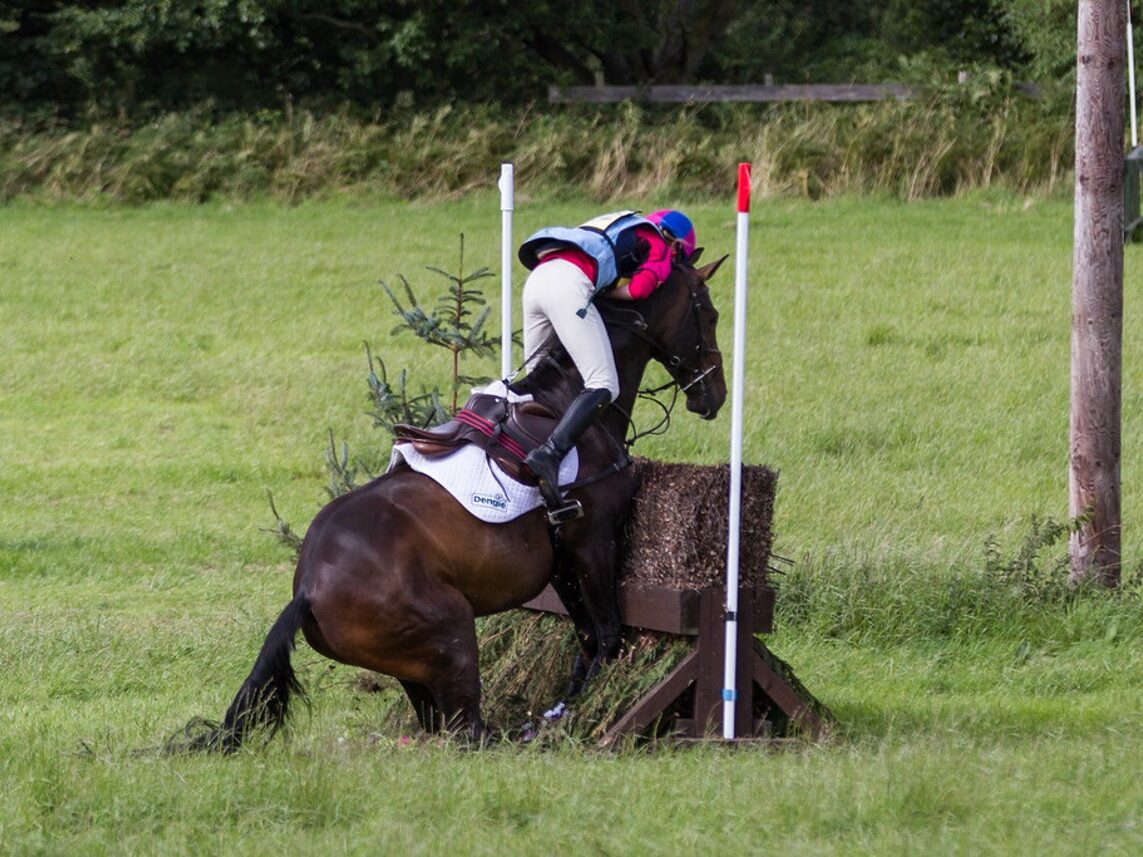
I discovered human factors through healthcare safety and quality, and continue to serve the NHS as an improvement specialist for safe and personalised care. I enjoy applying human factors to wider projects too and keep learning through those experiences.
Final Project
EXPLORING INCIDENT INVESTIGATORS’ PRACTICE AND PERSPECTIVES ON SAFETY-II
When there is an incident in a safety-critical industry, the subsequent investigation will seek to identify system failures, including where human performance errors may have contributed to a fault. This provides insight into potential improvements to reduce similar failures in future.
Safety-II is an alternative and complementary approach that recognises the complexity of systems and seeks to understand their resilience. One contributor to resilience is the workforce, whose ability to positively adapt and flex as the system varies may be critical to maintaining safety.
Hollnagel et al’s 2015 white paper, the 2019 NHS Patient Safety Strategy and the new Patient Safety Incident Response Framework demonstrate the potential for safety-II in healthcare. This project aimed to explore how it can best be incorporated within existing incident investigation.
Highlighting best practice and identifying motivations
Semi-structured appreciative inquiry interviews were conducted with eleven investigators and two safety specialists from various safety-critical industries, including healthcare. They were asked about the methods they used and why they valued those approaches, and about their perspectives on using more safety-II thinking in investigations.
These interviews highlighted that many investigators already utilise methods that would enable identification of people’s positive adaptations to maintain safety. There was generally a very positive attitude towards safety-II and how it could benefit investigations. Two unexpected findings were the impact of diversity and kindness.

DIVERSITY
The investigators used a variety of methods to collect information about an incident and to analyse it. There was a clear theme that diversity of methods – and having a diverse team of people working on an investigation – was valuable and would contribute to implementing a safety-II approach.
KINDNESS
There was a strong sense from all the healthcare staff that it was important to be kind to all involved in a patient safety investigation. People recognised that one benefit of adopting a safety-II approach in investigations would be to increase kindness and therefore wellbeing for all involved.
Other Work

Mucking out stables is hard work and must be done daily – professional grooms will often clean many stables a day. The physical risks were assessed to be significant, yet interviews with professional and hobby riders showed a need for better awareness to help reduce injuries.

There are limited off-road options for riders wanting to exercise their horses so it is important to consider rider safety on the roads. Improvements have been made over the years and there is mutual benefit with other vulnerable road users, but there is a lack of research into rider safety and more study required.

Combining my interests of equestrianism and patient safety… An analysis of how officials and medics respond to the fall of a rider during a British Evening competition showed a high level of preparedness although some opportunities for improvement were also identified.
Visionary Thinkers
Visionary Creators
Visionary Makers